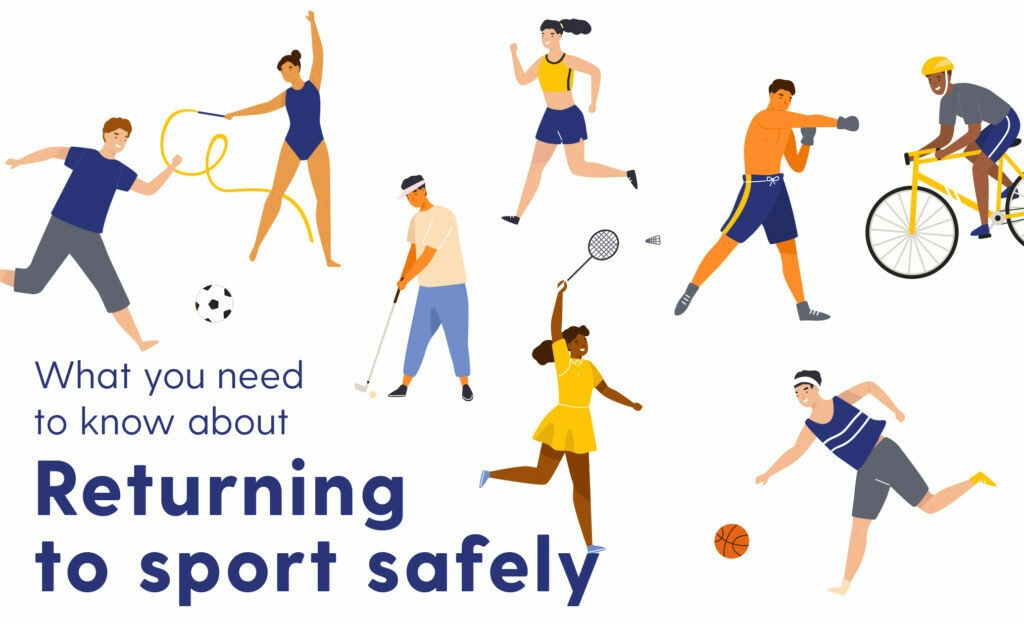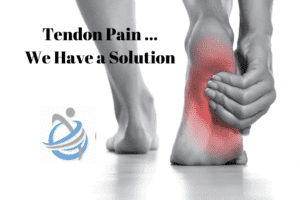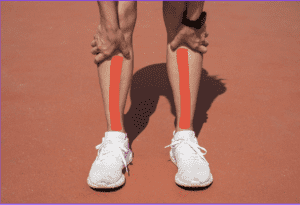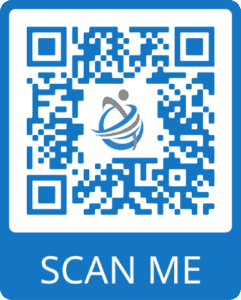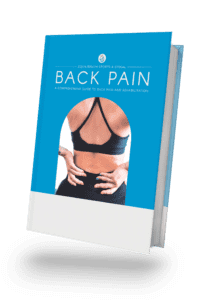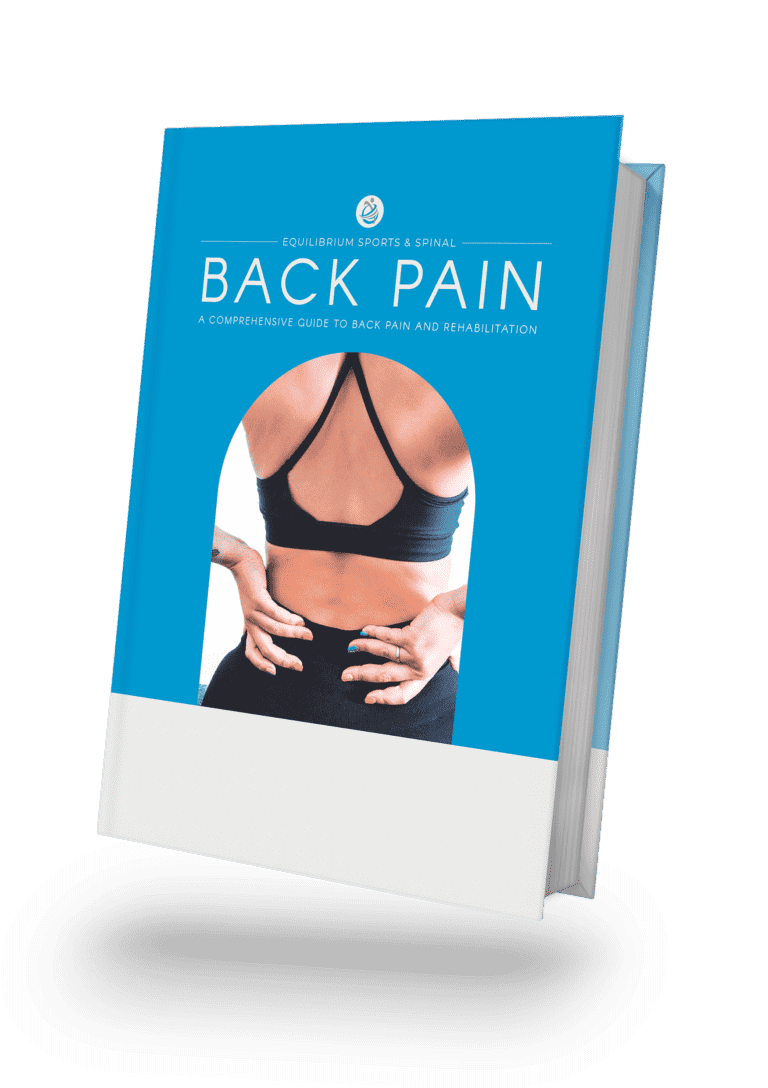Are you looking to get back into exercise? With COVID-19 restrictions eased, there is a real sense of excitement growing. Sports slowly coming back into the fold. No doubt you are itching to get back onto the field, the track, or into the gym. I know we at Equilibrium Sports and Spinal are!
Excited as we all are to jump feet first back into our old training routines, that jump could potentially come with some serious risks if not done in the right way. Unfortunately, we have already seen an increase in sporting injuries across the state. To help make sure you don’t risk an injury-plagued return to sport, here is our guide on how to safely return to sport after Covid-19.
What has happened to my body during Lockdown?
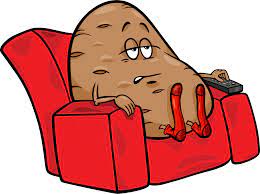
Being stuck at home and as a result, being inactive will have likely caused your muscles, bones, and ligaments to tighten and potential weaken.
This occurs as our body adapts to our new sedentary lifestyle. As our tissues do not get the stress from exercise, which is required for us to maintain and grow our tissues. As a result our tissues have become weaker and tighter than they were before. A sudden return to exercise can lead to fatigue, muscle strains, tendon irritation, excessive muscles soreness, and even bone stress fractures.
How do I return to sport and exercise safely?
1. Control the volume, frequency, and intensity of your workout
Going all out in your first training session back is a recipe for disaster. It is essential for you to create a plan to gradually build up your body’s tolerance to the stress of your sport.
For example, start with a couple of light sessions to help determine how fit you are. Allow time for your body to adjust. This gives you a better idea of what is a “light” or “heavy” training session is. There are a few ways to measure how much work you are doing with your training. These Include:
- Heart rate
- Rate of Perceived Exertion (RPE)
- Steps taken
- Tackles completed in a session
- Distance run
It is always a good idea to keep a record of these outcome measures. In time they will become numbers that you can progress/improve as you return to your regular training sessions.
As you begin to improve your fitness and readiness for your sport, try alternating heavier and light sessions, and include Strength and Conditioning days to further ready yourself for game-day!
2. Address your flexibility and warm-up routine before Exercise
Being stiff and tight after not moving around for months will lead to muscle strains and poor performance if you don’t address the issues early on. Sitting at home will often cause tightness in the upper back, hamstrings, and hip flexors, and these muscles need to be lengthened and strengthened to maximize your performance on the field.
Some stretches that can be done at home throughout the day and before your training can include:
Cat Stretch:
Thread the needle:
3D lunge matrix:
3. Ensure Your Recovery Is On Point after You Exercise
Coming back to exercise after a long layoff can be difficult on the body. Be sure to listen to your body and recover adequadetly! Recovery is essential to give your muscles the opportunity to grow and recharge for your next session.
After every training session, be sure to consider:
- Sleep! A “healthy” night of sleep has been suggested to be 7-9 hours for optimal performance and recovery
- Have water to replenish fluids lost during exercise and be sure to avoid alcohol and sugary drinks!
- How we fuel ourselves is vital to our performance and recovery
Stretch and warm down with the exercises above and stretch out any muscles you have used during training.
4. Train with proper technique
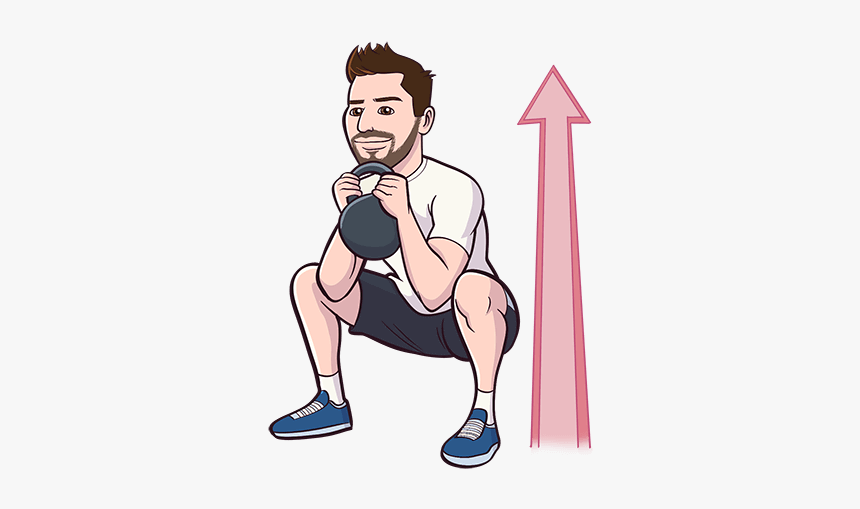 As we’ve already highlighted, staying at home for prolonged periods of time can lead to muscle tightness and weakness and this will negatively affect your technique. Your body will attempt to compensate for these weaknesses by overloading other ligaments and joints, leading to injury risks in those areas.
As we’ve already highlighted, staying at home for prolonged periods of time can lead to muscle tightness and weakness and this will negatively affect your technique. Your body will attempt to compensate for these weaknesses by overloading other ligaments and joints, leading to injury risks in those areas.
An example of this could be a powerlifter trying to squat their previous amount of weight, is likely through a weakness in their glutes and quads (from staying at home), to compromise their technique and therefore overload their lower back.
With technique in mind, it is incredibly important to make sure you are using proper form and for your sport, this might mean initially lowering the weight, reducing your running speed, or slowing down your movement. But, pulling back can allow for the progressive strengthening of the appropriate muscles, which will engrain your optimal technique to maximise performance and minimize future injuries.
Final thoughts:
If you want to be thorough with your return to sport, build a tailored plan that suits you as an individual, and learn the correct biomechanics for your sport, we at Equilibrium Sports and Spinal all come from sporting backgrounds, and are well versed in helping you be your best and live young!
If you don’t want to take any chances with your comeback and instead you want to make sure that you get as much enjoyment from your return to sport as possible, book in for a session with the Equilibrium Sports and Spinal team and we’ll take you through a thorough evaluation, understand your goals, your history and provide you with a plan to help you dominate on your return.


